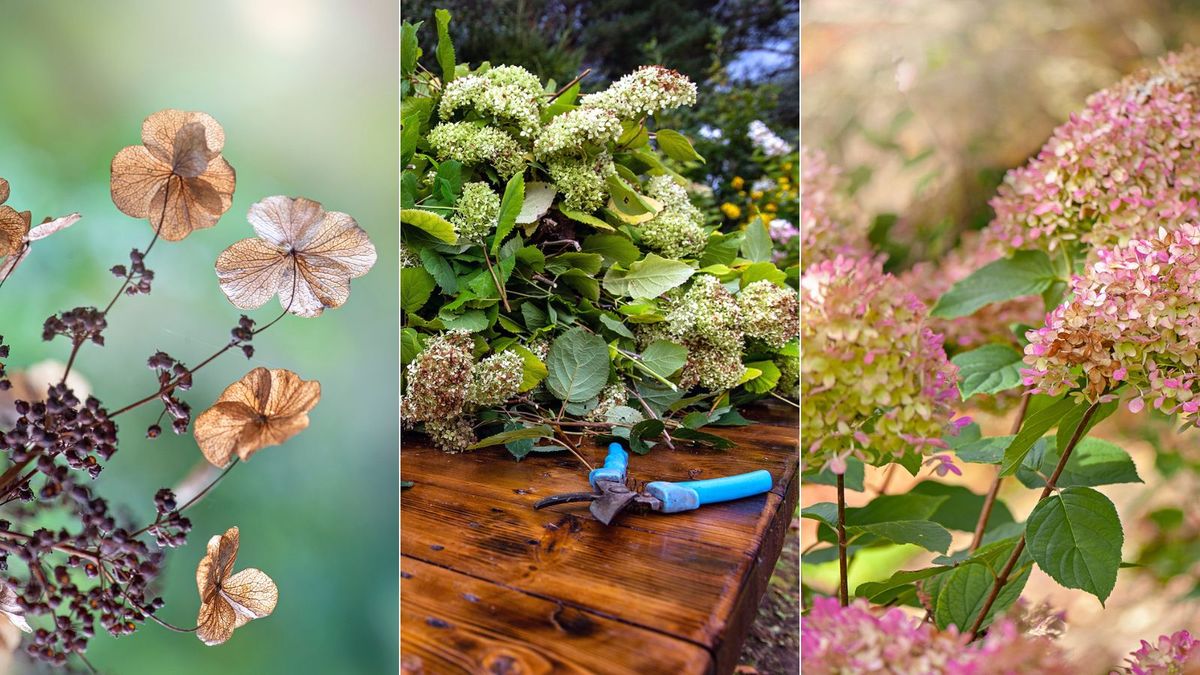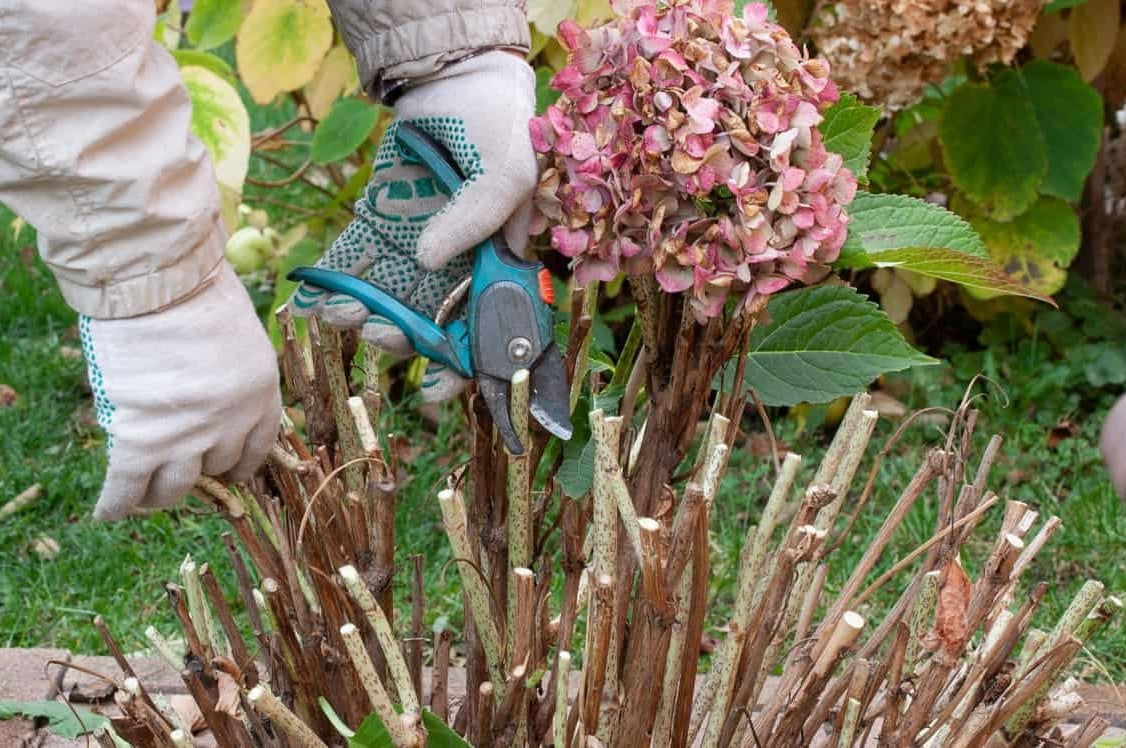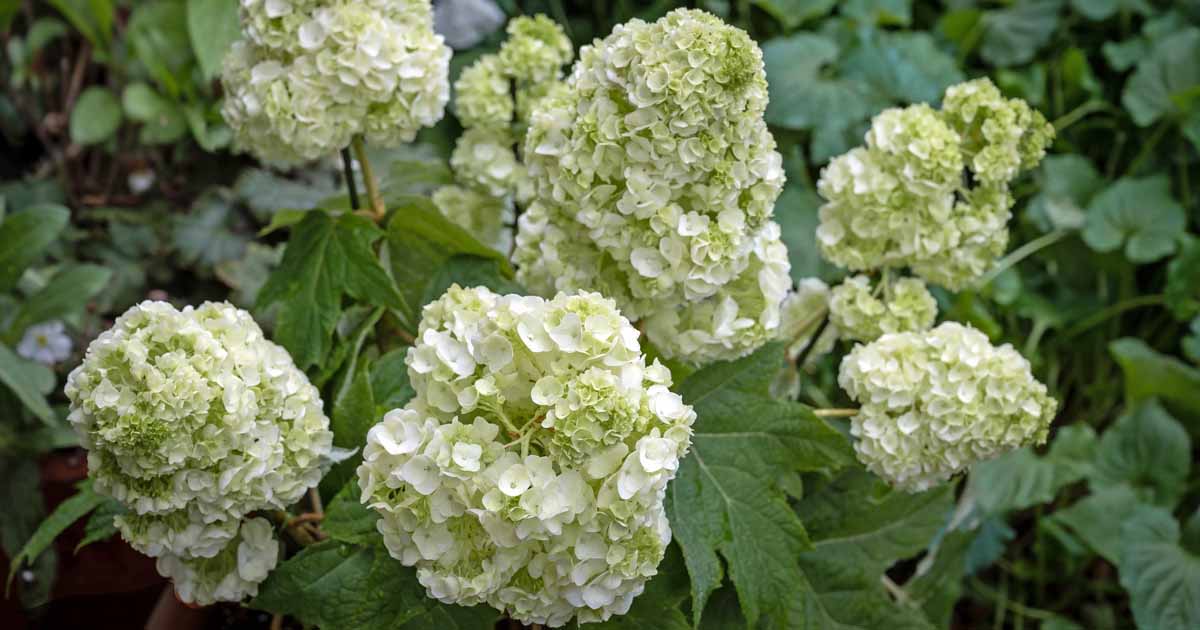Why Fall Care Matters for Hydrangeas
As the seasons change and summer gives way to autumn, many gardeners wonder what to do with a hydrangea in the fall. Proper fall care is crucial for these beautiful flowering shrubs, as it directly affects their health, blooming, and overall appearance. Without adequate care, hydrangeas can suffer from damage, disease, and pest issues, which can impact their performance in the following growing season. By understanding the importance of fall care, gardeners can take proactive steps to ensure their hydrangeas remain healthy, vibrant, and thriving throughout the year. In fact, neglecting fall care can lead to reduced blooming, weakened stems, and increased susceptibility to disease and pests. On the other hand, with proper care, hydrangeas can continue to provide beauty and enjoyment throughout the fall season and beyond.
How to Prune Hydrangeas in the Fall
Pruning is an essential part of fall care for hydrangeas, as it helps maintain the plant’s shape, promotes healthy growth, and encourages blooming. When it comes to pruning hydrangeas in the fall, timing is crucial. It’s best to prune hydrangeas after they have finished blooming, usually in late summer or early fall. This allows the plant to focus its energy on preparing for the next growing season rather than producing new growth. To prune hydrangeas in the fall, start by removing any dead or damaged stems, cutting them off at the base. Next, remove any dead flowers, known as “deadheading,” to encourage the plant to focus its energy on producing new blooms. Finally, shape the plant by cutting back stems to the desired height and width, taking care not to cut too much, as this can stress the plant. By pruning hydrangeas in the fall, gardeners can enjoy a healthier, more vibrant plant in the seasons to come.
Protecting Hydrangeas from Frost and Winter Damage
As the weather cools and winter approaches, hydrangeas need protection from frost and winter damage to ensure they remain healthy and thrive in the next growing season. One of the most effective ways to protect hydrangeas from frost is to mulch around the base of the plant. This helps to insulate the soil and keep it from freezing, which can damage the roots. A layer of 2-3 inches of organic mulch, such as straw or bark chips, is ideal. Another option is to cover the plant with a breathable cloth or sheet, such as burlap or a frost blanket, to protect it from wind and frost. For potted hydrangeas, bringing them indoors or moving them to a protected area, such as a garage or shed, can provide additional protection. It’s also essential to water hydrangeas well before the ground freezes to ensure the soil is moist and can withstand the cold temperatures. By taking these steps, gardeners can help their hydrangeas survive the winter months and come back strong in the spring. When it comes to what to do with a hydrangea in the fall, protecting it from frost and winter damage is a crucial step in ensuring its long-term health and success.
Divide and Conquer: Transplanting Hydrangeas in the Fall
Transplanting hydrangeas in the fall can be a great way to share plants with friends and family, or to move them to a new location in the garden. When it comes to what to do with a hydrangea in the fall, dividing and transplanting is a crucial step in maintaining the health and appearance of the plant. To divide and transplant hydrangeas, start by preparing the soil in the new location. Dig a hole that is twice as wide and just as deep as the root ball of the plant. Add organic matter such as compost or well-rotted manure to improve drainage and fertility. Next, carefully dig up the hydrangea, taking care not to damage the roots. Gently wash away any dirt or debris from the roots, and use a sharp, clean tool to divide the plant into sections. Make sure each section has at least one “eye” or growing point, and replant them in the new location. Water well and provide adequate care, including regular watering and fertilization, to help the transplanted plants establish themselves. By dividing and transplanting hydrangeas in the fall, gardeners can enjoy more of these beautiful plants in their garden, and share them with others.
Enjoying Hydrangeas in the Fall: Drying and Arranging Flowers
One of the best things about hydrangeas is their beautiful flowers, and in the fall, there are many ways to enjoy them. When it comes to what to do with a hydrangea in the fall, drying and arranging the flowers is a great way to preserve their beauty and create stunning decorations. To dry hydrangea flowers, simply tie them in small bunches and hang them upside down in a warm, dry place. Once dry, they can be used in a variety of ways, such as in wreaths, potpourri, or as a decorative element in vases and centerpieces. Another option is to press the flowers between sheets of paper towels and heavy books, allowing them to flatten and dry. These dried flowers can then be used in crafts, such as making cards, gift tags, and other paper crafts. Additionally, hydrangea flowers can be used in fall arrangements, paired with other seasonal flowers, foliage, and branches to create beautiful and unique displays. By enjoying hydrangeas in the fall, gardeners can extend the life of their plants and add a touch of elegance to their homes and gardens.
Fall Hydrangea Care by Type: Bigleaf, Panicle, and Oakleaf
While general fall care tips for hydrangeas are essential, it’s also important to consider the specific needs of different types of hydrangeas. Bigleaf, panicle, and oakleaf hydrangeas each have unique requirements when it comes to what to do with a hydrangea in the fall. Bigleaf hydrangeas, for example, benefit from a layer of mulch to protect their roots from freezing temperatures. Panicle hydrangeas, on the other hand, can tolerate more sun and dryness, but may require additional watering in the fall to ensure they go into the winter with adequate moisture. Oakleaf hydrangeas, with their stunning fall foliage, may need protection from strong winds and frost, which can cause damage to their leaves. By understanding the specific needs of each type of hydrangea, gardeners can provide the best possible care and ensure their plants thrive in the fall and beyond. Additionally, knowing the specific needs of each type of hydrangea can help gardeners troubleshoot common problems, such as leaf drop or stem dieback, and take preventative measures to avoid these issues. By tailoring fall care to the specific type of hydrangea, gardeners can enjoy these beautiful plants for years to come.
Common Fall Hydrangea Problems and Solutions
While proper fall care can go a long way in keeping hydrangeas healthy and thriving, there are still some common problems that may arise during this time. Leaf drop, for example, can be a concern in the fall, especially if the plant is exposed to frost or extreme temperature fluctuations. To prevent leaf drop, it’s essential to provide adequate moisture and protection from wind and frost. Another common issue in the fall is stem dieback, which can occur when the plant is exposed to cold temperatures or drying winds. To prevent stem dieback, gardeners can mulch around the base of the plant and provide additional water in the fall. Pest issues, such as aphids and spider mites, can also be a problem in the fall, especially if the plant is stressed or weakened. To prevent pest issues, gardeners can inspect their plants regularly and take action quickly if they notice any signs of infestation. By being aware of these common fall problems and taking preventative measures, gardeners can ensure their hydrangeas remain healthy and thriving throughout the season. When it comes to what to do with a hydrangea in the fall, being proactive about potential problems can make all the difference. By taking the time to address these issues, gardeners can enjoy their hydrangeas for years to come and ensure they continue to bloom beautifully in the spring.
Preparing Hydrangeas for the Next Growing Season
As the fall season comes to a close, it’s essential to prepare hydrangeas for the next growing season. Proper fall care is crucial in ensuring the health and vitality of these beautiful plants, and it’s especially important to consider what to do with a hydrangea in the fall to set it up for success in the spring. One of the most critical steps in preparing hydrangeas for the next growing season is fertilization. Applying a balanced fertilizer in the fall can help promote healthy growth and blooming in the spring. Additionally, pruning is another essential step in preparing hydrangeas for the next growing season. By pruning dead stems and shaping the plant, gardeners can encourage new growth and promote a fuller, more robust plant. Protection is also key in preparing hydrangeas for the next growing season. Mulching around the base of the plant and providing additional water can help protect the roots from freezing temperatures and ensure the plant remains healthy throughout the winter. By taking these steps, gardeners can ensure their hydrangeas are well-prepared for the next growing season and will continue to thrive and bloom beautifully in the spring. By understanding what to do with a hydrangea in the fall, gardeners can enjoy these stunning plants for years to come.









